Apple unveils mixed-reality headset Vision Pro in first major product launch for a decade
Technology company Apple has entered the metaverse market with the announcement of its latest product – a mixed-reality headset that is set to go on sale in the US early next year.
Described by CEO Tim Cook as "the first Apple product you look through and not at", the Vision Pro was designed primarily for augmented reality (AR), allowing apps, movies and photos to appear superimposed on the world around the user.
But a small dial at the top of the device, which Apple calls a Digital Crown, also allows users to switch to a more immersive virtual reality (VR) experience.
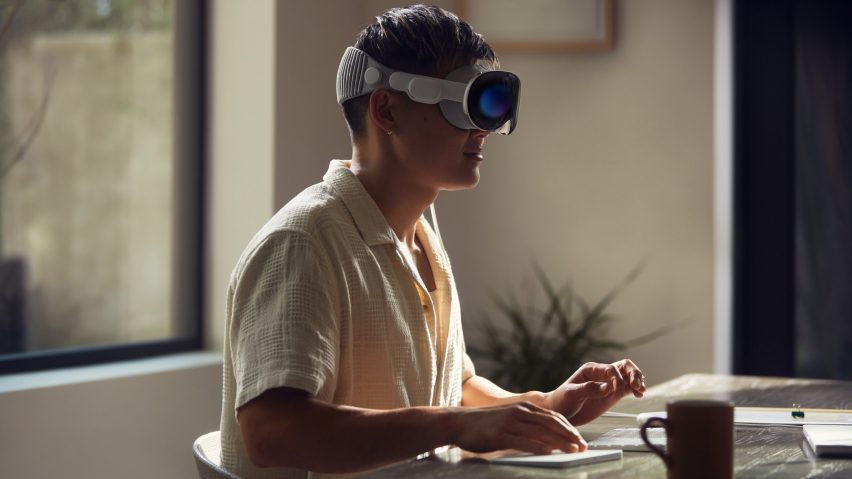
Cook announced the company's first major hardware launch for nearly ten years at Apple's Worldwide Developers Conference on Monday, following years of rumours and speculation.
"Today marks the beginning of a new era for computing," he said. "Just as the Mac introduced us to personal computing, and iPhone introduced us to mobile computing, Apple Vision Pro introduces us to spatial computing."
The Vision Pro is a cross between an immersive VR headset such as Meta's Quest and AR glasses such as the RayNeo X2, the Viture One and the now-defunct Google Glass.
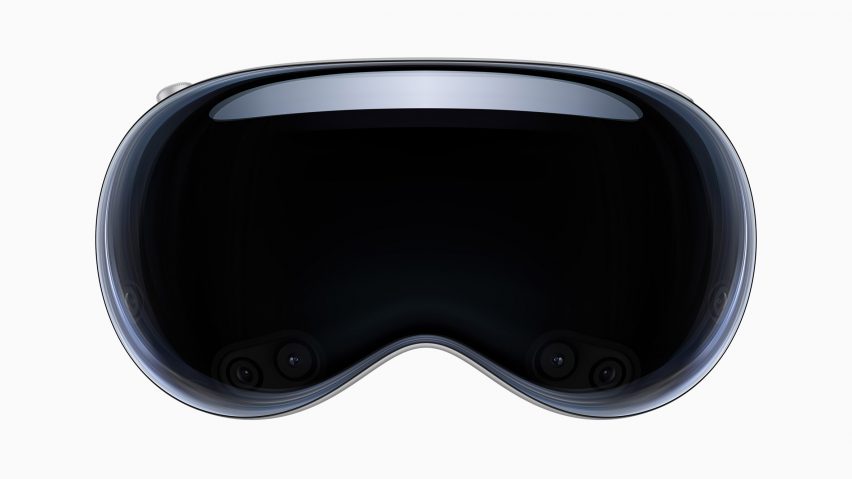
The Digital Crown dial allows users to control how immersive their experience is, toggling between AR mode – when they can see the world around them – and a more immersive VR mode, in which their surroundings disappear.
The company envisions the VR setting being used to create a focused, clutter-free work environment or an immersive viewing experience at home or on a plane, where the movie or TV show can take over the user's entire field of vision.
Vision Pro's display system features 23 million pixels across two displays, which the company says is equivalent to a 4K screen for each eye.
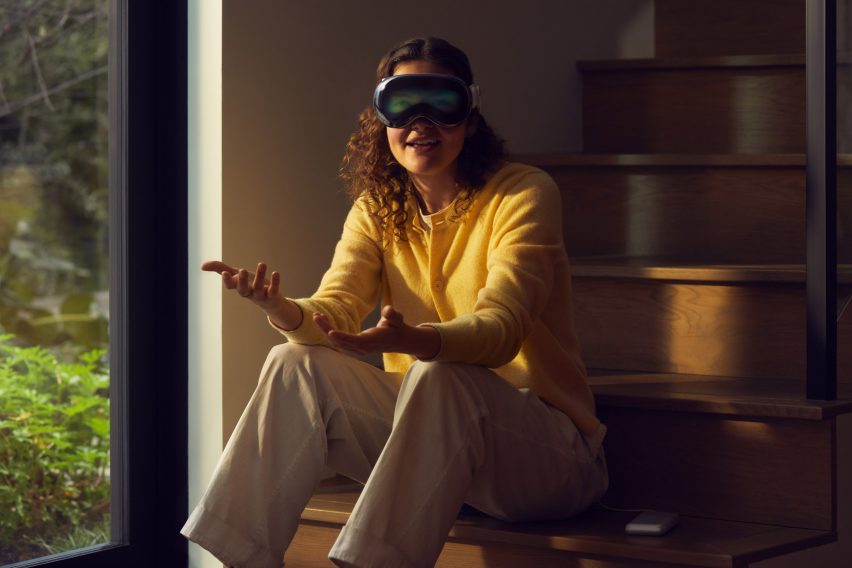
The device also has an outward-facing front screen, which will show a live feed of users' eyes when someone approaches them in AR mode, in a functionality that Apple calls EyeSight.
This creates the impression that they are looking through a transparent screen and allows them to interact with the people around them without having to take off the headset.
The headset itself resembles high-tech ski goggles and is equipped with a new operating system called visionOS, which does not require a controller.
Instead, users simply look at the button they want to select and tap their fingers together to click. They can also use their voice to dictate text.
The frame of the headset is made from lightweight aluminium while the front consists of a single piece of laminated glass.
According to Apple, this is "polished to create an optical surface that acts as a lens for the wide array of cameras and sensors needed to blend the physical world with digital content".
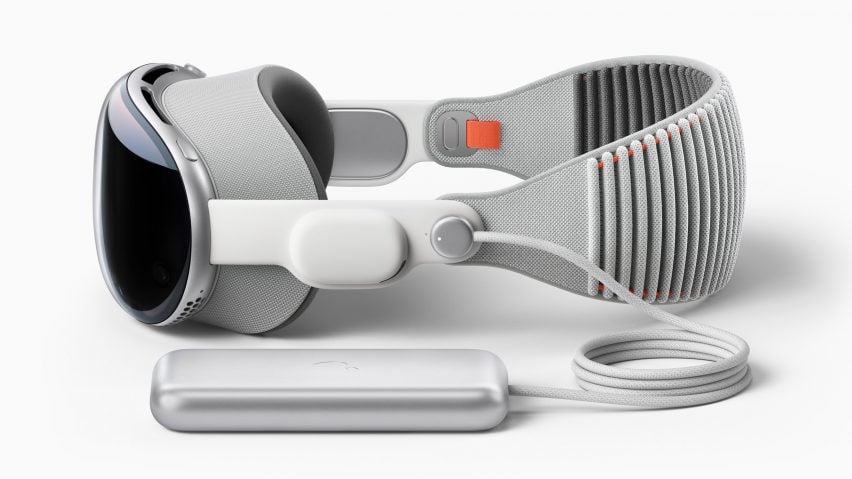
In total, the frame houses five sensors to track the movements of the wearer, six microphones and 12 cameras that capture the surrounding environment.
A button at the top of the device also allows users to take 3D "spatial photos and videos", which they can then relive via the Vision Pro headset.
All this data is processed by a new chip called the R1 alongside Apple's existing M2 chip – already used across the iPad Pro, MacBook Air and MacBook Pro.
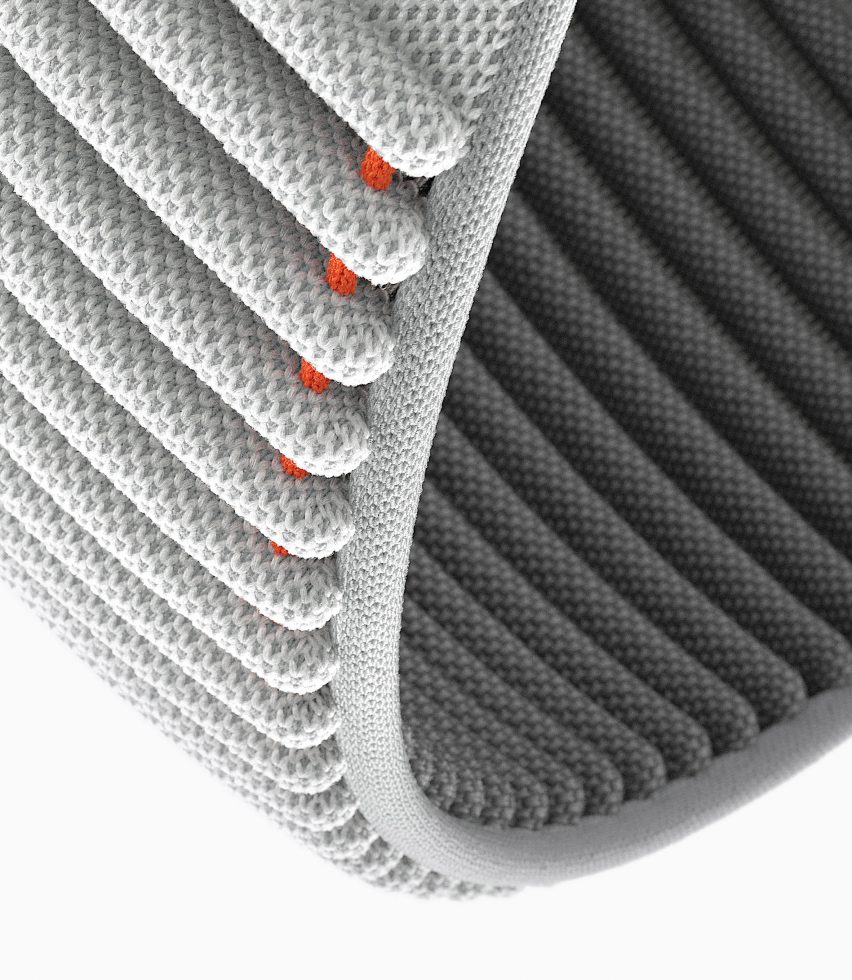
The device was designed to be as lightweight and comfortable as possible to enable prolonged use either at work or to consume entertainment such as movies and TV shows.
It features an external battery pack, designed to be stored in a pocket and connected to the headset via a "supple woven cable", which gives the device up to two hours of power when not plugged into an external power source.
Unlike many VR headsets, the Vision Pro does not feature an overhead strap but instead is held in place with an interchangeable 3D-knitted headband, with a ribbed texture to provide cushioning, breathability and stretch.
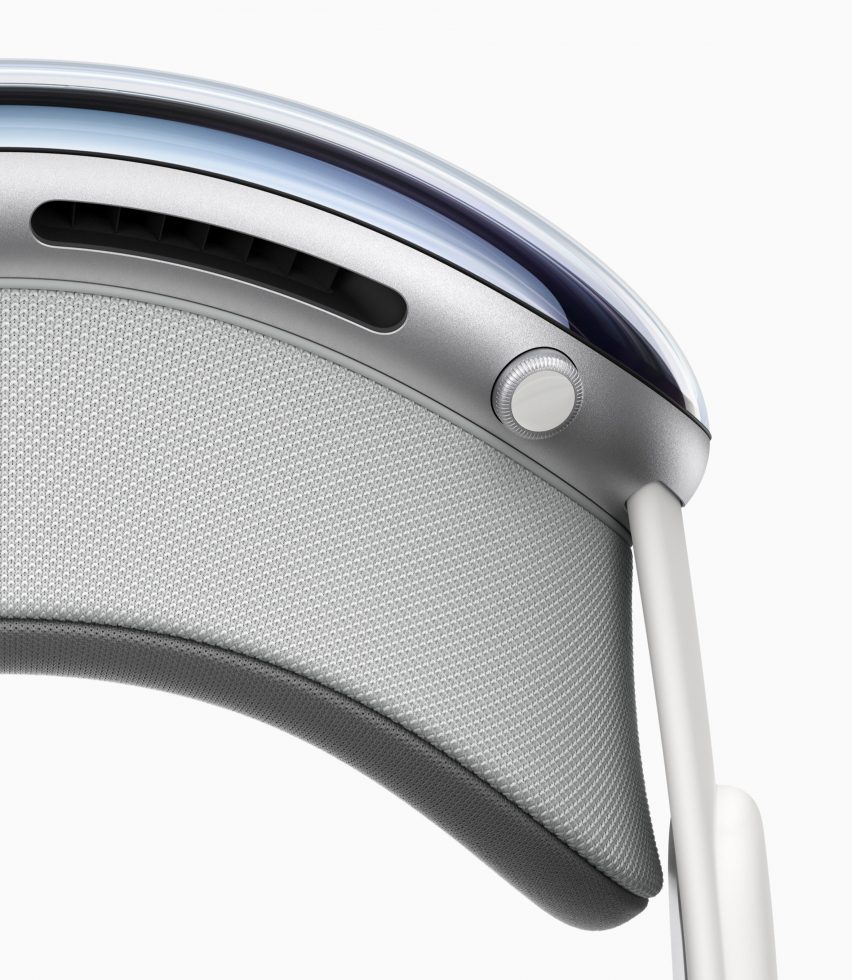
Tiny speakers are integrated into the headband near the ears, making use of Apple's Spatial Audio technology which creates the impression that sound is coming from wherever its source is placed in the virtual environment.
The Vision Pro is set to go on sale in the US early next year for a price of $3,499 – almost 12 times the price of the biggest-selling VR headset, Meta's Quest 2.
That's despite the fact that global shipments of mixed-reality headsets declined by more than 20 per cent in 2022, with VR headsets representing 96 per cent of all shipments.